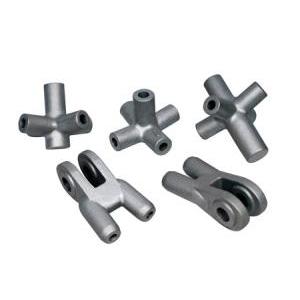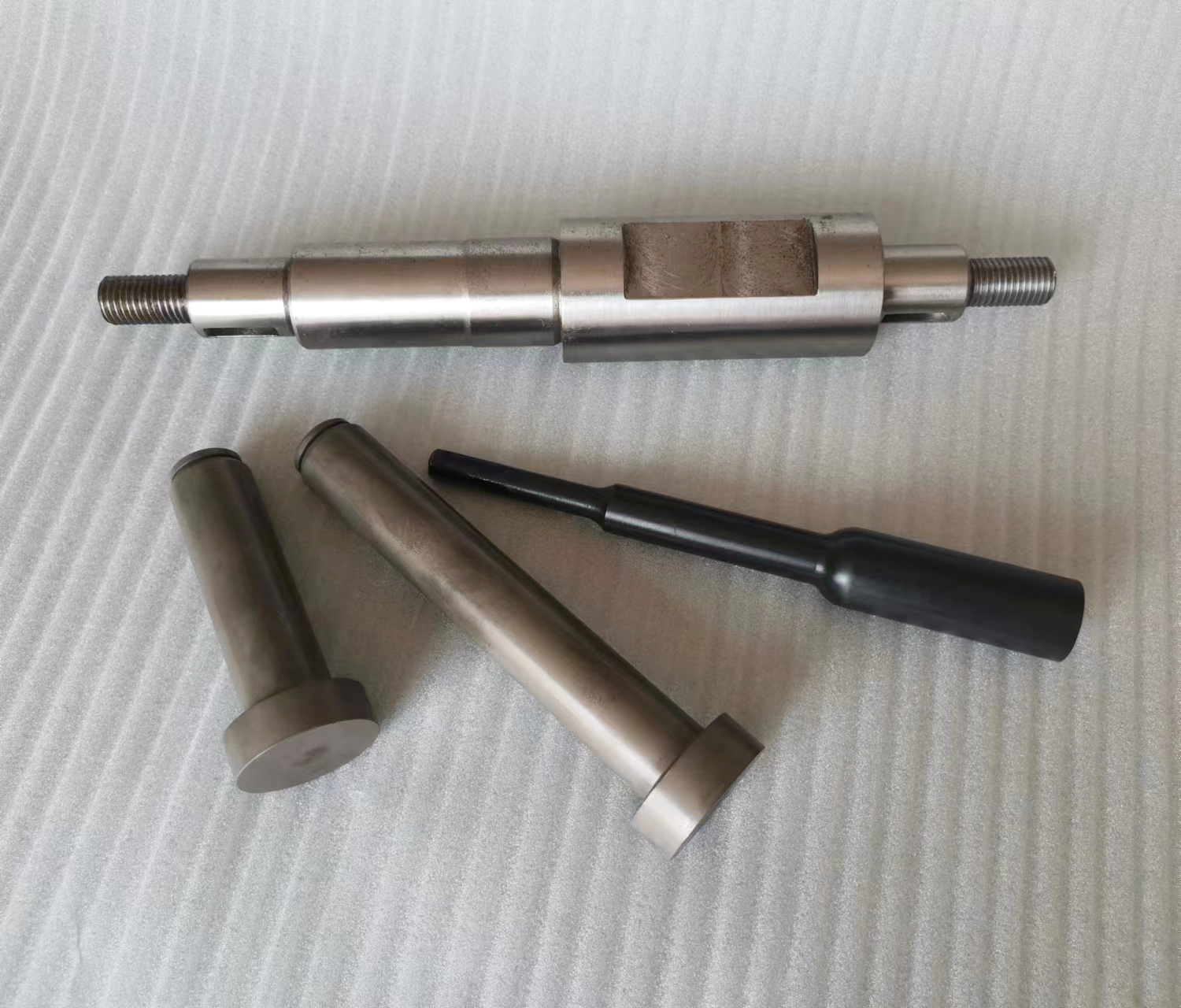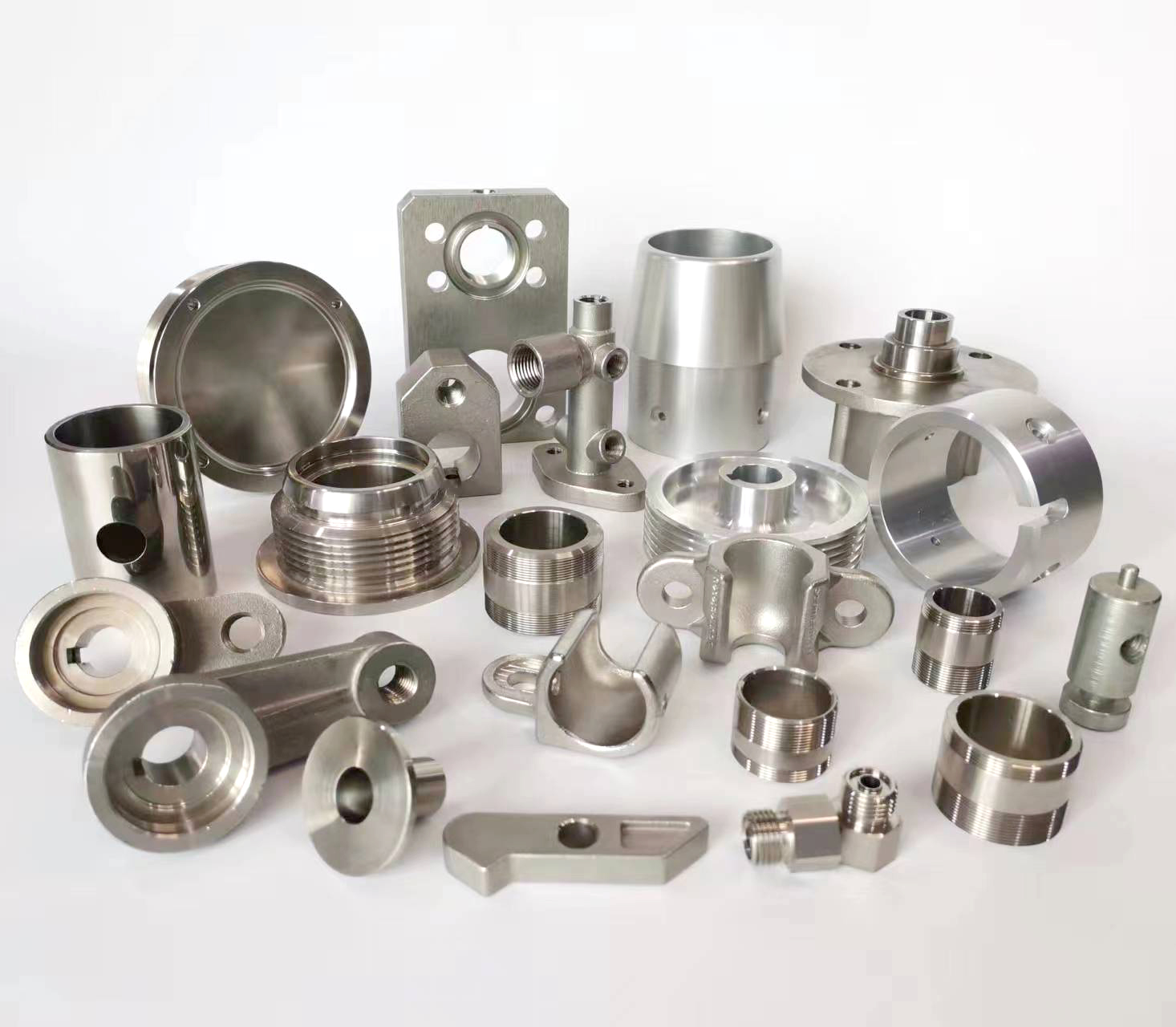
Here’s an overview of equipment used for Magnetic Particle Inspection (MPI), a non-destructive testing (NDT) method for detecting surface and near-surface flaws in ferromagnetic materials:
Core Components & Equipment Types:
Magnetization Power Sources:
Portable Power Packs (Battery or Mains): Compact, versatile units (often 500A-10,000A output) for field use. Supply current for prods, coils, cables, or central conductors. Feature ammeters and controls.
Stationary Units (Bench Units): Larger, fixed installations (often 1,000A-20,000A+) for high-volume or heavy part inspection. Integrate controls, demagnetizers, particle applicators, and UV lighting.
Permanent Magnets: Rare-earth (e.g., neodymium) magnets for basic field checks where electricity isn’t available. Limited field strength & depth. Require manual breakage for field removal.
Electromagnetic Yokes: Handheld devices (AC, HWDC, or FWDC) creating a longitudinal field between articulated legs/poles. Most common portable tool for field inspection. Lightweight, versatile.
Magnetization Methods & Associated Equipment:
Direct Contact (Heads, Prods, Clamps):
Electrical Contact Heads (Stationary): Adjustable clamp contacts on bench units to hold parts and pass current directly through them (direct magnetization).
Prods (Portable): Handheld electrodes with insulated handles, connected by cables to a power pack. Pressed onto the part for local direct magnetization. Risk of arc burns.
Cables & Clamps: Heavy flexible cables from power packs used with clamps for direct magnetization of large structures or central conductors.
Induced Field:
Coils (Fixed or Flexible): Copper windings (stationary or portable cable wraps) creating a longitudinal field when current passes through them. Part placed inside/in contact with coil.
Central Conductors (Bars/Cables): Non-ferrous conductors (e.g., copper bar, cable) threaded through hollow parts. Current through the conductor induces a circular field in the part.
Yokes: (As mentioned above) Create a longitudinal field without direct electrical contact.
Circular Magnetization: Achieved via direct contact (prods, heads, clamps) or central conductors.
Longitudinal Magnetization: Achieved via coils, yokes, or induced fields using permanent magnets.
Magnetic Particle Application Systems:
Aerosol Cans: Pre-mixed wet particles (visible or fluorescent) in solvent carriers. Common for field use with yokes/prods.
Squirt Bottles/Sprayers: For applying bulk wet suspension (oil or water-based).
Dusting Bulbs/Shakers: For applying dry powder particles, especially on hot surfaces or rough welds.
Immersion Tanks/Baths (Stationary): Parts dipped or flooded with recirculated wet suspension.
Pressure Spray Systems (Stationary): Pump systems to apply wet suspension under controlled pressure.
Automatic Applicators (Stationary): Integrated systems spraying particles during the magnetization cycle.
Inspection Equipment:
Visible Light: Adequate white light (100 fc / 1000 lux minimum at surface) for dry particles or wet visible particles.
Ultraviolet (UV-A/Black Light) Lamps: Essential for fluorescent MPI. Must meet intensity requirements (typically >1000 µW/cm² at 15″ / 38 cm on surface). Types:
Filtered Mercury Vapor (Historically common, declining)
LED-UV (Modern standard): Instant on/off, cooler, more robust, no mercury.
Magnifying Glass/Loupe: For close examination of small indications.
Auxiliary Equipment:
Demagnetizers:
Coil Demagnetizers (Stationary/Portable): Passing part through a coil with reversing, decreasing AC field.
AC Yoke Demagnetization: Using an AC electromagnetic yoke while slowly withdrawing the part.
Reduced Current DC Demagnetization (Stationary Units): Progressively reversing and reducing DC current.
Field Indicators (e.g., Pie Gauge, Burmah-Castrol Strip): Shims placed on the part surface to verify field adequacy, strength, and direction.
Field Strength Meters (Gaussmeters/Teslameters): Measure magnetic field strength tangential to the surface.
UV Light Meters (Radiometers): Measure UV-A intensity to ensure compliance with standards (e.g., ASTM E1444, E3024).
White Light Meters (Lux Meters): Measure visible light intensity.
Contrast Enhancement Paints: White non-fluorescent paint applied to dark surfaces to improve visibility of dry or visible wet particles.
Key Standards Governing Equipment (Examples):
ASTM E1444/E1444M: Standard Practice for Magnetic Particle Testing.
ASTM E3024: Standard Practice for Magnetic Particle Testing for Aerospace.
ASME Boiler and Pressure Vessel Code, Section V, Article 7: Mandatory for inspections performed to the BPVC.
ISO 9934 (Parts 1-3): Non-destructive testing – Magnetic particle testing.
MIL-STD-1949 (US Military): Magnetic Particle Inspection Criteria.
SAE AMS 2641: Magnetic Particle Inspection Vehicle.
SAE AMS 3040: Magnetic Particles, Non-fluorescent, Dry Method.
SAE AMS 3041-3046: Fluorescent Magnetic Particle specifications.
Selection Factors:
Part Size/Geometry: Dictates magnetization method (yoke, coil, prods, central conductor) and power needs.
Location (Lab/Field): Determines portability needs (yokes, battery packs vs. stationary units).
Sensitivity Requirements: Influences particle type (fluorescent vs. visible, dry vs. wet), light requirements, and magnetization strength.
Volume/Throughput: High volume favors automated stationary units.
Applicable Codes/Standards: Mandate specific equipment capabilities and performance verification (e.g., UV intensity, ammeter accuracy).
Material & Condition: Affects choice between AC (surface flaws) and DC/HWDC/FWDC (near-surface flaws), and wet vs. dry particles.
In essence, MPI equipment encompasses everything needed to induce a suitable magnetic field in the part, apply magnetic particles effectively, provide appropriate illumination for inspection, verify field adequacy, and subsequently demagnetize the part if required. The specific setup varies greatly depending on the application.





